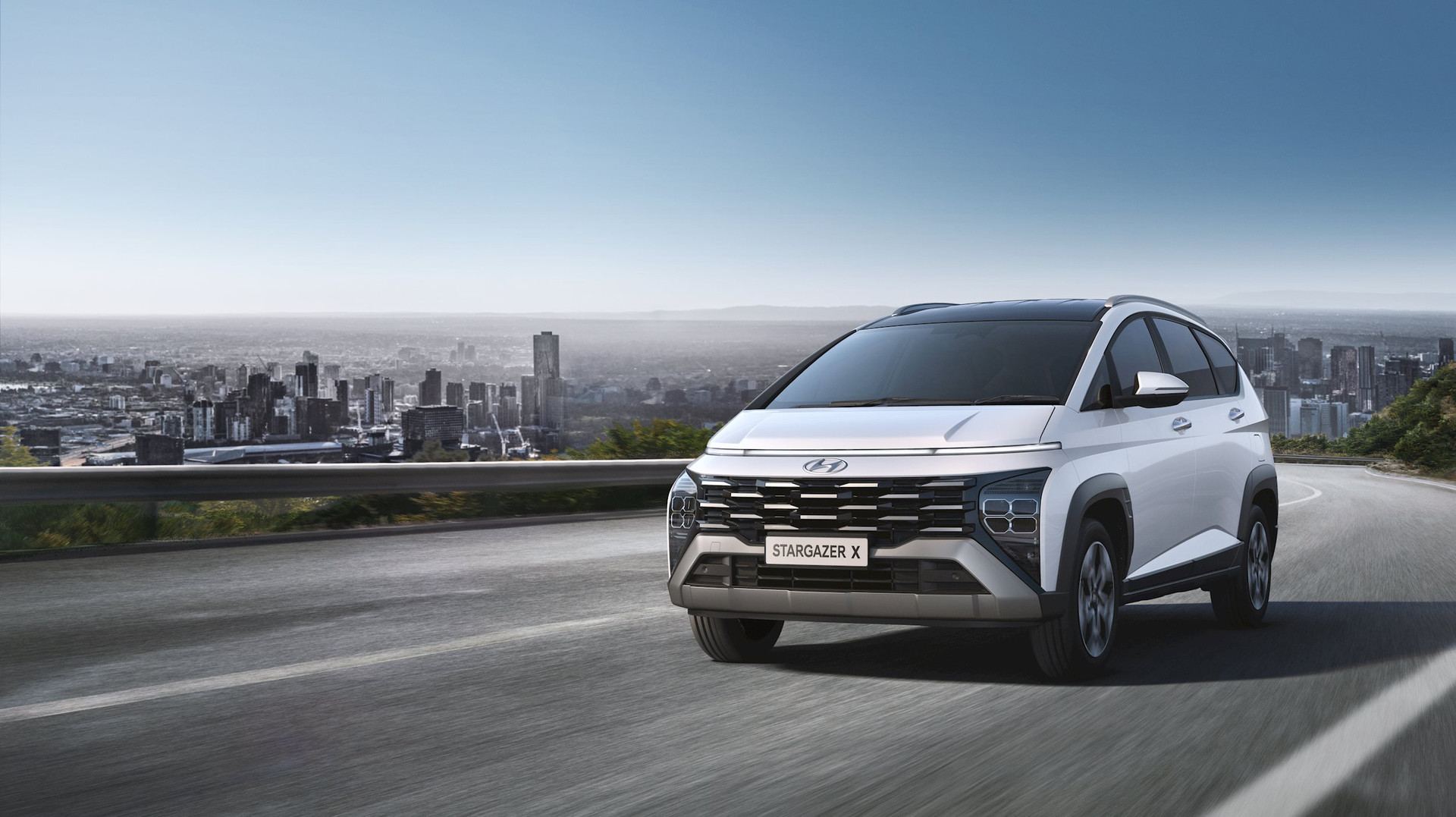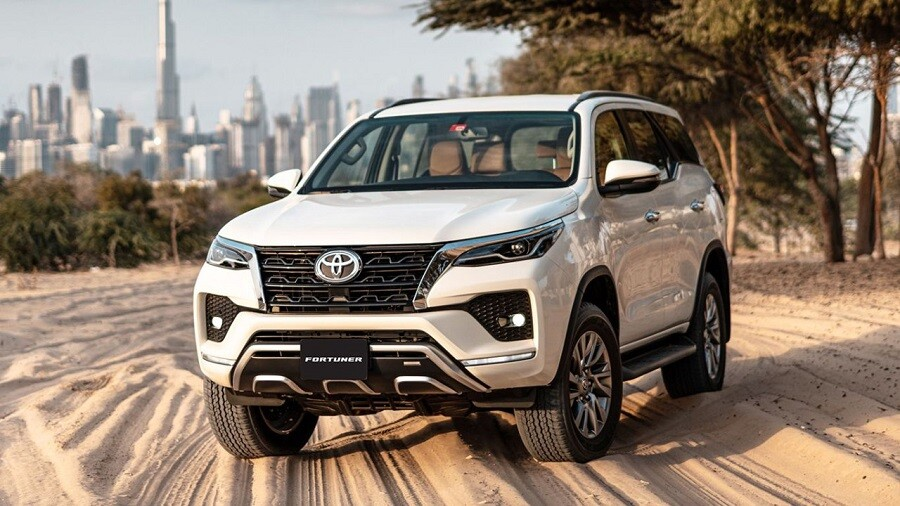Now Even More Affordable
April 17
Hyundai Stargazer X debuted on the Vietnamese market, showcasing an SUV-inspired design for the 7-seater MPV Stargazer, which initially launched in October 2022. It continues as a fully imported vehicle from Indonesia.
The 2024 Hyundai Stargazer lineup features three trim options: Standard, X, and X Premium. The Standard trim maintains its specifications, while the X and X Premium variants replace the 1.5 Special and 1.5 Premium trim levels.

Photo: Hyundai
Regarding pricing, the Hyundai Stargazer Standard variant costs 489 million VND, a reduction of 86 million VND compared to its predecessor. The new X and X Premium trims are priced at 559 million VND and 599 million VND, respectively, representing a decrease of 66 million VND and 76 million VND against the former 1.5 Special (625 million VND) and 1.5 Premium (675 million VND) models.
The 489 million VND price point of the standard variant makes the Stargazer the most affordable 7-seater MPV in its segment.
Unusual Trend of New Models Being More Affordable
The trend of newly released models featuring upgraded features and conveniences while simultaneously being priced lower than their predecessors has emerged as an anomaly in the Vietnamese automotive market.
Typically, newly released vehicles with enhanced functionalities would command a price equal to or higher than their older counterparts.
This paradox in the automotive industry extends beyond the Hyundai Stargazer X, with similar trends observed among other major automakers, such as Toyota.
Compared to its predecessor, the upgraded Euro 5-compliant Toyota Fortuner boasts enhancements such as an expanded 9-inch infotainment display, Apple CarPlay/Android Auto wireless connectivity (previously requiring cables), and additional amenities, yet its price is 120 million VND lower than its forerunner.
Industry experts believe that while the Toyota Fortuner’s 2024 updates are not exceptional, the reduced retail price will boost its competitiveness. After adjustments, the Fortuner’s sticker price aligns with the Hyundai Santa Fe (1.029-1.369 billion VND) and falls below the Ford Everest (1.099-1.499 billion VND). The current Fortuner is priced at 1.055 billion VND.

Photo: Toyota
Likewise, the new Toyota Hilux and Corolla Cross models have price tags lower than their predecessors by hundreds of millions of VND.
For instance, the Toyota Hilux 2.4 4×2 AT 2024 is 150 million VND cheaper than the 2023 version despite offering improved features. The Corolla Cross 1.8V 2024 gasoline variant will retail at 820 million VND, a 40 million VND reduction compared to its previous iteration.
Strategy to Accelerate Sales Performance?
The poor car sales performance in 2023, which is anticipated to continue into 2024, has prompted automakers to explore various strategies to attract customers, including pricing new vehicles below their former counterparts, as a means to accelerate sales growth.
Previously, auto companies rarely implemented drastic price cuts on models within a short period, as such actions could lead to negative perception from early buyers and impact brand reputation. Instead, they often employed promotional campaigns with limited-time gift offers.
However, the current market conditions have led to a shift in approach, with auto companies offering significant and immediate discounts. On the Diễn đàn doanh nghiệp (Business Forum), a representative from an automotive company attributed the strategy to slow market demand and high inventory, necessitating increased sales incentives. The current focus is on prioritizing revenue over profit, leading to reduced pricing when demand is low.

Photo: Toyota
According to a salon owner quoted in the *báo VTC News*, economic challenges and limited income have resulted in reduced spending on new cars. Consequently, most automakers have resorted to lowering prices, with some models experiencing reductions of up to several hundred million VND and exemptions or reductions of up to 100% on registration fees, but sales growth remains sluggish.
Given the prevailing economic difficulties, maintaining prices higher than previous models will likely result in increased discounting, promotions, and inventory liquidation. This, in turn, will incur additional expenses for automakers in stimulating sales through advertising and marketing campaigns.
Additionally, customers tend to postpone purchases in anticipation of further price cuts, exacerbating declining sales figures. As reported by an automotive expert in *báo Tuổi trẻ*, the recent wave of price reductions has left customers feeling “oversaturated” with information about discounts and ongoing competition. “[When] hearing news about car A receiving a discount, car B reducing its price by hundreds of millions, or the upcoming launch of new models, customers’ mentality wavers as they delay purchases in anticipation of lower prices.”
The move to reduce pricing on new vehicles enables dealerships to sustain sales and stimulate business revenue. With attractive pricing, consumers are more inclined to make purchases promptly. A situation that initially seemed unconventional in the automotive industry has evolved into an opportunity and a strategic advantage for customers, automakers, and dealerships.












